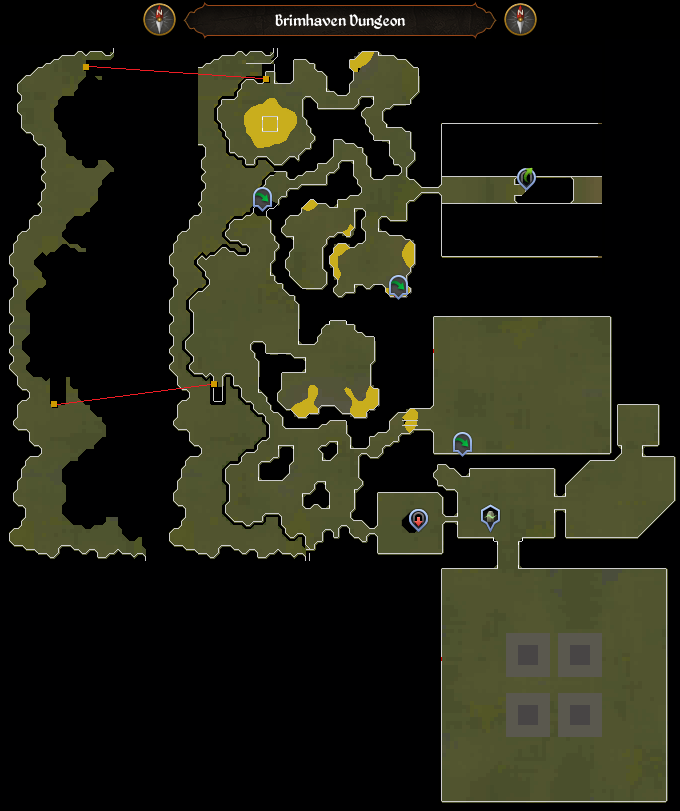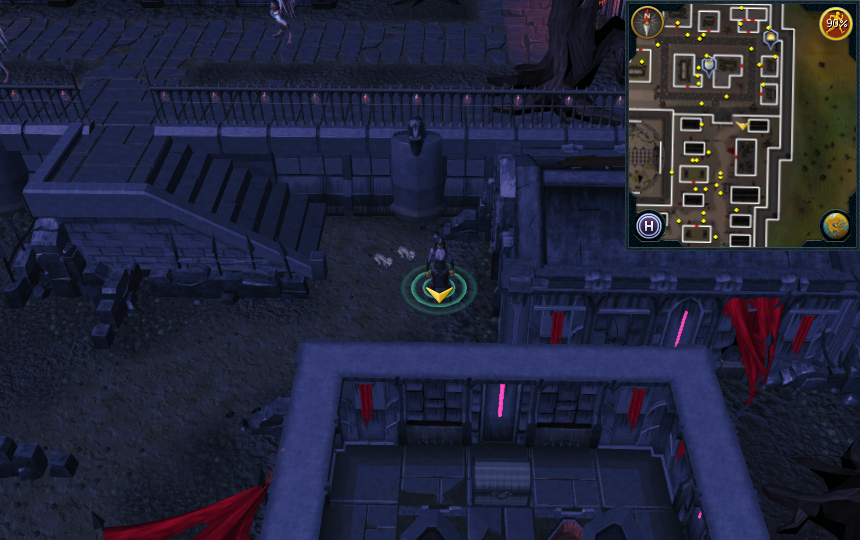

Prior to that, he was just the lovable old man whom Squid Game used to pull audiences’ heartstrings. From permits and licenses to records and city contracts, the Public Service Building staff make it easy for you to receive our services.
City of darkmeyer scan master clue how to#
However, the old man certainly knew how to keep his secrets until the last moment – the final game between him and Seong Gi-hun. The Citys new Service Center provides many services for the public in one place. There are many clues that point to Il-nam being much more than he appears to be. While the other players had to choose between living their lives in debt or risking their lives in Squid Game for the chance to win a fortune, Il-nam was just literally there to try and have some fun. Out of Squid Game’s desperate and deeply indebted players, Il-nam is the only one whose choice to participate in the games isn’t burdened by nuance.
City of darkmeyer scan master clue series#
But when Il-nam’s true identity is revealed during the final episode of Squid Game, many audience members, along with protagonist Seong Gi-hun (Lee Jung-Jae), were treated to a harsh awakening.Īs the brains behind the entire Squid Game operation, Il-nam represents the billionaires in a series that digs deep into the topic of wealth inequality. As the oldest player involved in the twisted death games, the lovable Oh Il-nam is easily one of the reasons why Squid Game became the most-watched show out of Netflix’s September 2021 releases. The findings are published in the journal Communications Earth and Environment.Squid Game’s final episode revealed that Oh Il-nam (Oh Young-soo) is the founder and financier of the games, and there are actually several clues to this twist hidden throughout the survival drama series. “It will not remain in this particular orbit for very long, only about 300 years in the future, and we estimate that it arrived in this orbit about 500 years ago.”Īs for how the Moon’s “offspring” started traveling on its own, Malhotra’s lab team is now investigating the possible origins of Kamo`oalewa. “It is very unlikely that a garden-variety near-Earth asteroid would spontaneously move into a quasi-satellite orbit like Kamo`oalewa’s,” Malhotra explains. That orbital path is very different from the typical near-Earth asteroids, according to study co-author Renu Malhotra. Study authors found that Kamo`oalewa’s orbit is very similar to the Earth’s, but with a slight tilt in it. “It’s easier to explain with the moon than other ideas.” “This spring, we got much needed follow-up observations and went, ‘Wow it is real,’” Sharkey says.

However, after missing a chance to examine the asteroid in 2020 due to COVID-19 lockdowns, the team discovered the missing piece of the puzzle in April 2021. “We doubted ourselves to death,” Reddy says. Sharkey and his UArizona adviser, associate professor of lunar and planetary sciences Vishnu Reddy, hunted for another possible explanation for this coincidence for three years. Finding a missing clue in the asteroid’s orbit “I looked through every near-Earth asteroid spectrum we had access to, and nothing matched,” Sharkey, the paper’s lead author, says in a university release. Study authors explain that this suggests Kamo`oalewa originated from the same place as those rocks - Earth’s moon.Īlthough the team isn’t sure how such a large piece of the Moon broke off, they have never discovered another quasi-satellite that had the same light spectrum as the Moon.

So why do scientists think this mysterious mass is actually a chunk of the Moon? UArizona planetary sciences graduate student Ben Sharkey discovered that Kamo`oalewa shares the same pattern of reflected light (its spectrum) as moon rocks collected by the Apollo space missions. However, because of its unique orbit, humans can only see it for a couple of weeks every April and only Earth’s largest telescopes can spot it. At its closest, Kamo`oalewa gets within nine million miles of the Earth. It is roughly the size of a Ferris wheel, coming in at around 150 to 190 feet in diameter. The asteroid’s name comes from a Hawaiian creation chant, which describes an offspring who travels on its own. Researchers discovered Kamo`oalewa using the PanSTARRS telescope in Hawaii back in 2016. Astronomers know very little about quasi-satellites because they are typically very faint in the night’s sky, making it hard for telescopes to spot them. Scientists call Kamo`oalewa a quasi-satellite, which is a category of asteroids that orbit the Sun, but still pass relatively close to the Earth. ( ) - Could there be a mini-Moon floating through our solar system? Researchers from the University of Arizona say a near-Earth asteroid, named Kamo`oalewa, may actually be a large piece of the Moon that somehow broke away from our lone satellite.


 0 kommentar(er)
0 kommentar(er)
